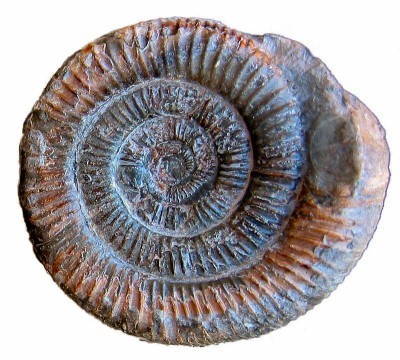
The radioactive decay of carbon-14 may be invaluable for dating biological artefacts, but no one has ever been sure why it is so slow. Now, researchers in the US and Canada think it is because mesons — elementary particles that contribute indirectly to the decay — change their properties as they pass through a carbon-14 nucleus. The discovery might give physicists a better grip on the strong interaction, the most powerful of the four fundamental forces of nature.
Carbon has two stable isotopes, carbon-12 and carbon-13, and several radioactive ones, including carbon-14. Plants are mostly built around carbon-12 but, until they die, they also contain a certain amount of carbon-14, which they absorb in the form of carbon dioxide after it is produced by cosmic-ray impacts in the Earth’s atmosphere. This proportion of carbon-14 also finds its way into animals, which eat plants, and materials derived from plants, such as paper.
Over time, the unstable carbon-14 atoms turn into nitrogen-14 atoms as one of their neutrons decays into a proton with the emission of an electron and an antineutrino, a process known as beta decay. Scientists define how fast this decay occurs through carbon-14’s half life — the time it takes for an amount to half in quantity — which is about 5730 years. Therefore, by measuring the proportion of carbon-14 in a biological sample, they can tell how old it is.
But in spite of the usefulness of carbon-14, theorists have struggled to explain why its half-life is so long compared with those of carbon-11, oxygen-14, oxygen-15 and nitrogen-13, which are just a matter of minutes. “If carbon-14 behaved like its cousins, then we would not have this extremely useful scientific tool at our disposal,” says Jeremy Holt of Stony Brook University in New York.
If carbon-14 behaved like its cousins, then we would not have this extremely useful scientific tool at our disposal Jeremy Holt, Stony Brook University
‘Accident of nature’
Holt and colleagues think they have solved this mystery. Their work expands on an earlier theory put forward by Gerry Brown and Mannque Rho in 1991, which suggested that the masses of almost all light mesons scale-down uniformly as they travel though an atomic nucleus. Mesons are particles that contain a quark and an antiquark, and are bound — like protons, neutrons and other “hadrons” — by the strong interaction. However, so-called virtual mesons can also govern how the strong interaction stretches beyond individual protons and neutrons to keep them locked together inside a nucleus.
Holt’s team has shown that if the masses of the mesons are lowered as predicted by Brown-Rho scaling, they affect the size of this interaction, which in turn changes the structures of carbon-14 and nitrogen-14. Although Brown-Rho scaling also changes the structures of the other radioisotopes, these changes have very little effect on those particular decay processes (Phys. Rev. Lett. in press; preprint available at arXiv:0710.0310). “It is in some sense an accident of nature that the carbon-14 lifetime happens to be very sensitive to these changes” says Holt.
The discovery does not yet have any implications for carbon dating, although Holt told physicsworld.com that further work on it might reveal some in the future. “In my opinion this research helps to emphasize the remarkable and unexpected set of circumstances that conspire to make radio-carbon dating possible.”
As well as explaining carbon-14’s long half-life, Holt’s team hopes that the work could help motivate future experiments and theoretical studies of hadronic properties in dense nuclear systems. This could ultimately lead to a better understanding of the strong interaction, which is currently described by the theory of quantum chromodynamics, or QCD. The team, which includes scientists from TRIUMF in Vancouver and the University of Idaho, now plans to investigate other phenomena in nuclear structure that would be sensitive to the effects of Brown-Rho scaling. “Not all properties of nuclei will be strongly affected by these changes to the nuclear interaction,” added Holt.



